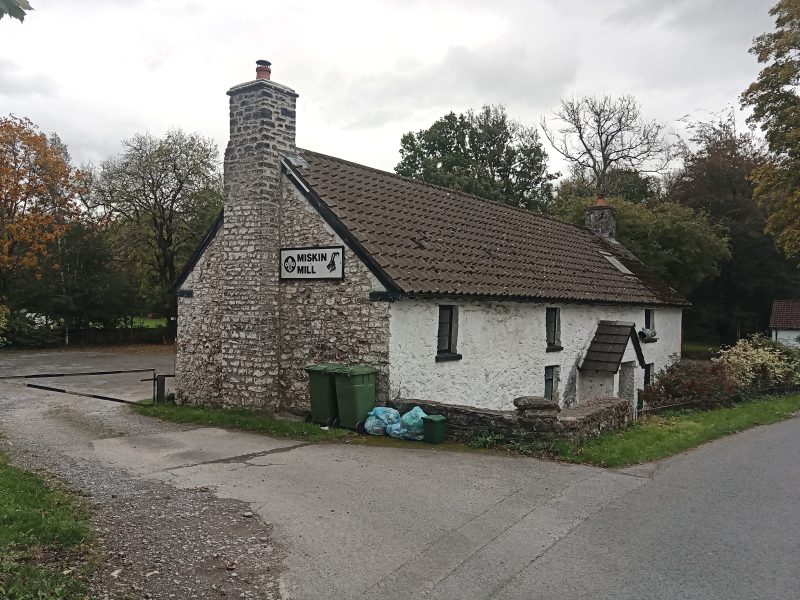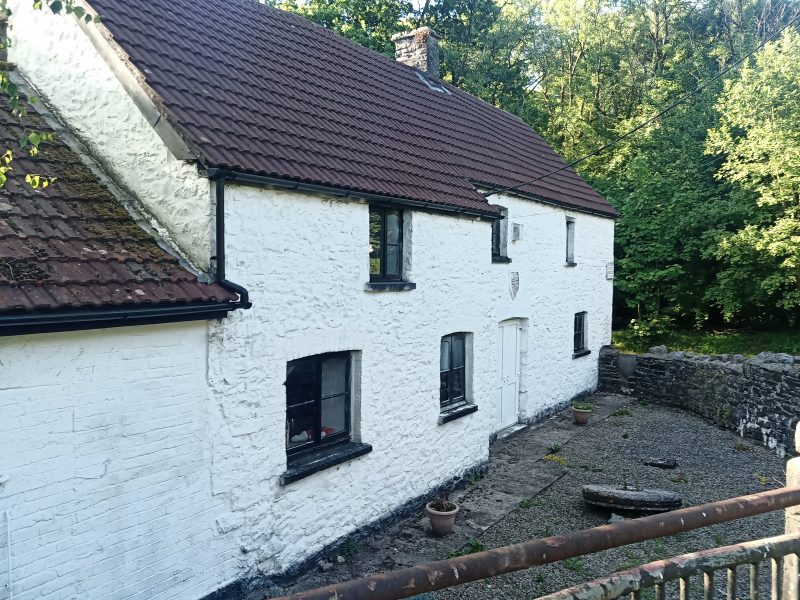Miskin Mill and Scout Village


Nestled along the banks of the River Ely, just outside the village of Miskin, this water-driven corn mill has been an enduring presence since about the 17th Centrury, its wooden wheels turned by the ceaseless current.
Records reveal that in 1841, one David Davies toiled as the miller, aided by a young lad of 14 summers named Evan Williams. When the Bassett Family dispersed the Miskin estate in 1858, the mill was described as “an undershot corn mill with two pairs of stones and is amply supplied with water from the River Ely which adjoins.” This underscores the site’s strategic location and the ingenuity of our forebears in harnessing the power of the river.
The mill continued its industrious labours until the late 1920s, grinding grain that sustained families and communities alike. Since 1929, however, these hallowed grounds have found new purpose, serving as a campsite and training hub for the Scout movement, allowing young minds and bodies to commune with nature.
Three main buildings grace the premises. The Mill itself offers kitchen and activity facilities, while The Cottage hosts additional spaces for learning and recreation. The Lodge, meanwhile, provides cosy sleeping quarters for overnight camps beneath the sheltering boughs.
These structures are ensconced in some 3 acres of flat, tree-lined fields, bounded to the South by that self-same River Ely. A permanent footbridge, raised in 1992, affords access to a 4-acre woodland haven known as Mill Wood.
Yet Miskin’s milling heritage stretches back even further, its roots intertwined with the very fabric of this land. Prior to the present Mill, older Grist and Fulling mills plied their trade in the area, with records showing a fulling Mill in Miskin, owned by the Clare family, being rented for 13 shillings and 4 pence as early as 1314. By 1316, the rent had swelled to over 53 shillings, and by 1547, two grist mills called Miskin home.
While grist mills utilized massive stones to grind corn and separate grain from chaff, fulling mills played a vital role in the textile industry, mechanically beating woollen cloth while wet to interlock the fibers and create a more uniform, felted fabric. Though the practice of fulling existed long before, it was in the 12th century that Europe witnessed the rise of mechanized fulling mills, foreshadowing the industrial revolution to come.
For more information about the history of the community of Pontyclun please visit our online museum
